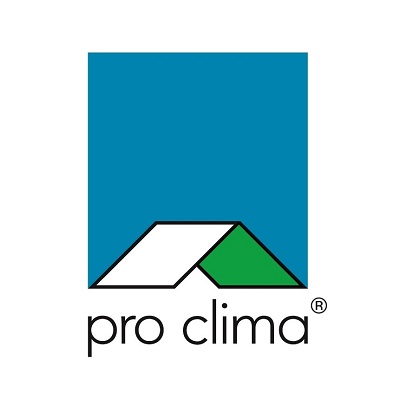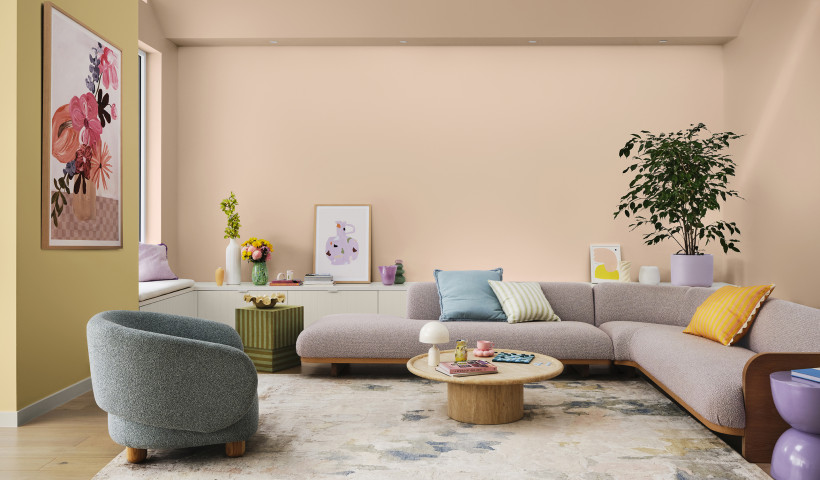
Achieving a weathertight building envelope is a matter of managing water. During a building’s lifetime there will inevitably be some moisture penetration.
Therefore the envelope must not only be effective at limiting water penetration, but also be able to cope with unexpected water entry. Water can be further managed by first limiting the amount of rain that strikes outer surfaces, and then by safely dissipating any moisture that gets beyond the claddings.
The Dulux AcraTex range of Acrylic Texture Coatings have been developed over a number of years to provide surface coatings and finishing systems that are durable and fast to apply for a variety of masonry and light weight cladding substrates.
Whilst the physical and technical properties of the products are stringently controlled during manufacture, he ultimate performance of the coating system relies heavily on correct application with due consideration to substrate condition, surface preparation, coating sequence and prevailing climatic conditions.
With the advent of weathertightness issues and changes to E2/AS1 Dulux AcraTex has developed a range of cavity based cladding systems which have been subjected to the testing criteria under taken at the BRANZ site in Wellington to appraise their suitability to the current industry code compliance. Over the past few years Dulux AcraTex has provided coating and system solutions to many re-cladding projects throughout the country.
One such project was a residential property in Auckland which was of solid stucco construction, direct fixed and was deemed to be allowing water entry behind the envelope. The cladding was stripped and a new cavity based envelope was constructed with upgraded water management details to drain any water away from the internal frame. A four coat Dulux AcraTex Acrylic Emulsion System was applied over the new stucco plaster and the owners and building consultants involved in the project were very pleased with the final outcome.
See other successful case studies with Acratex.











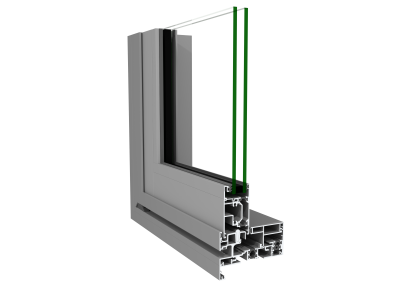
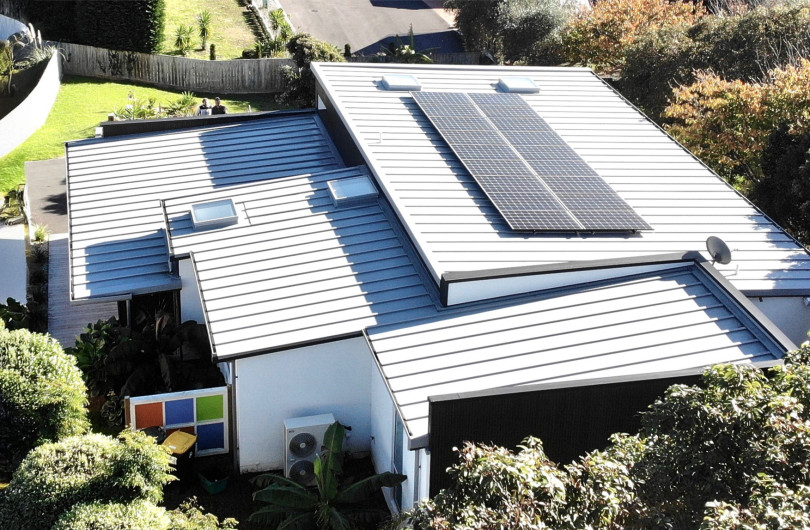
 New Products
New Products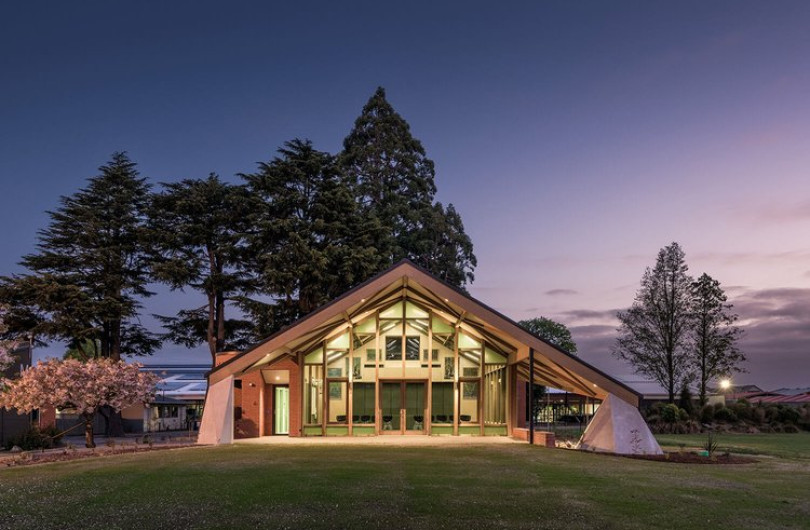
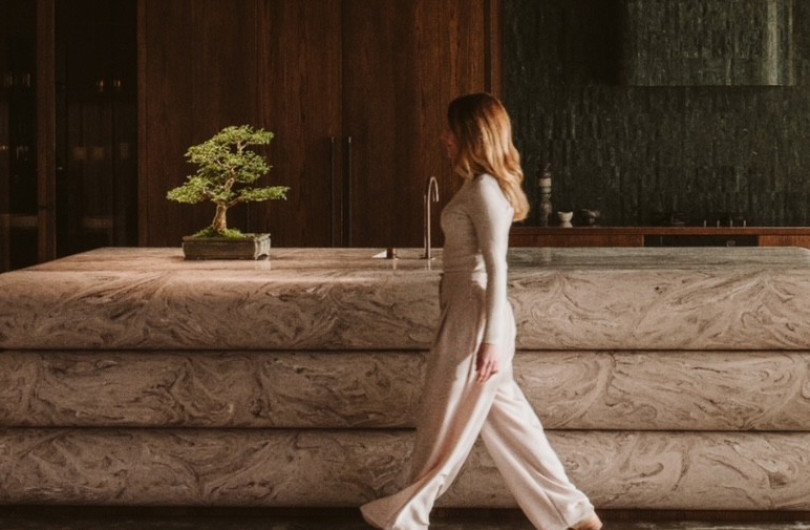

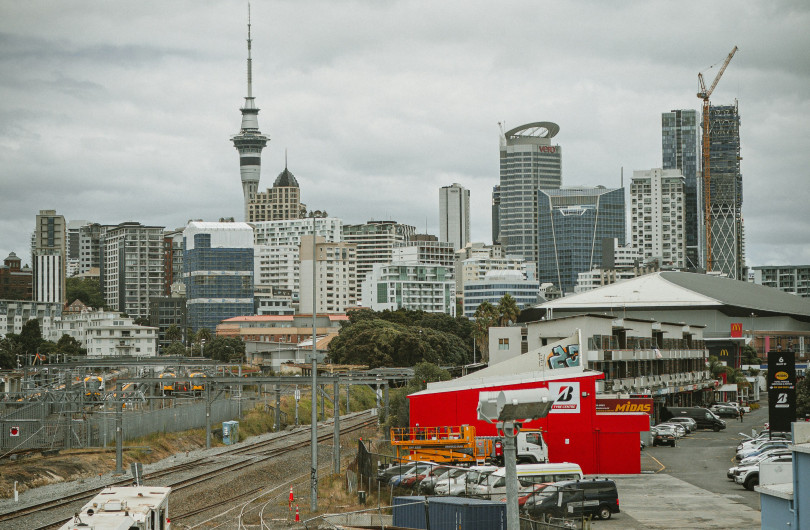

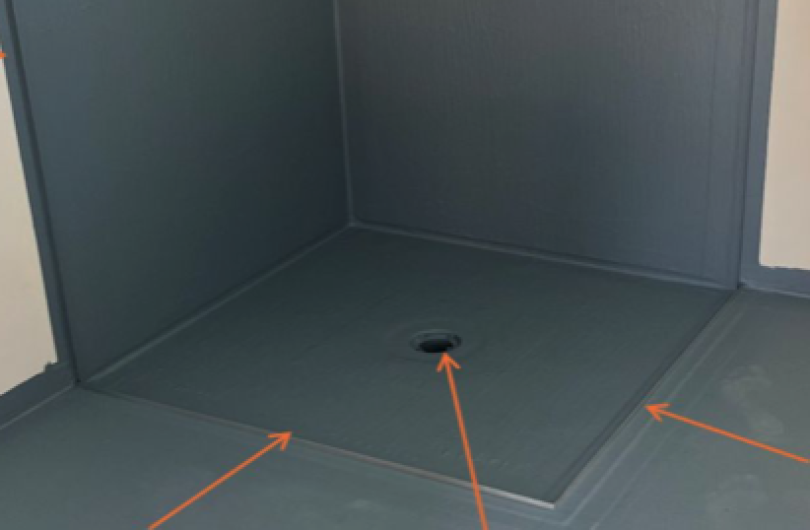








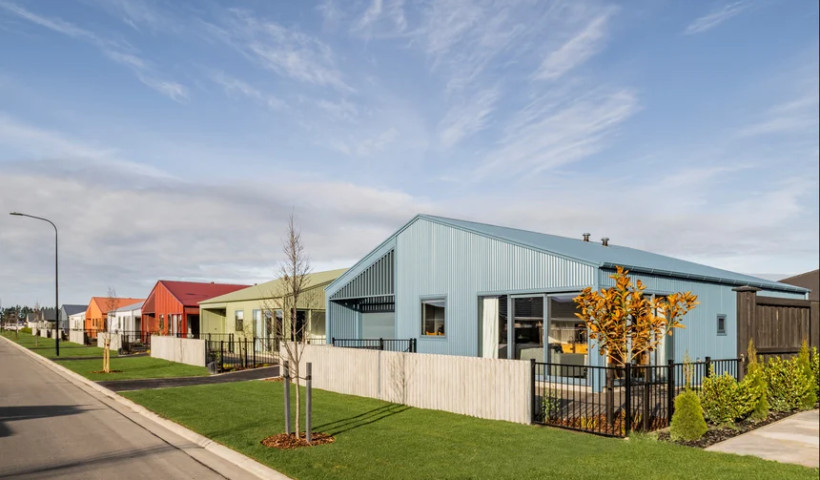

 Popular Products from Dulux
Popular Products from Dulux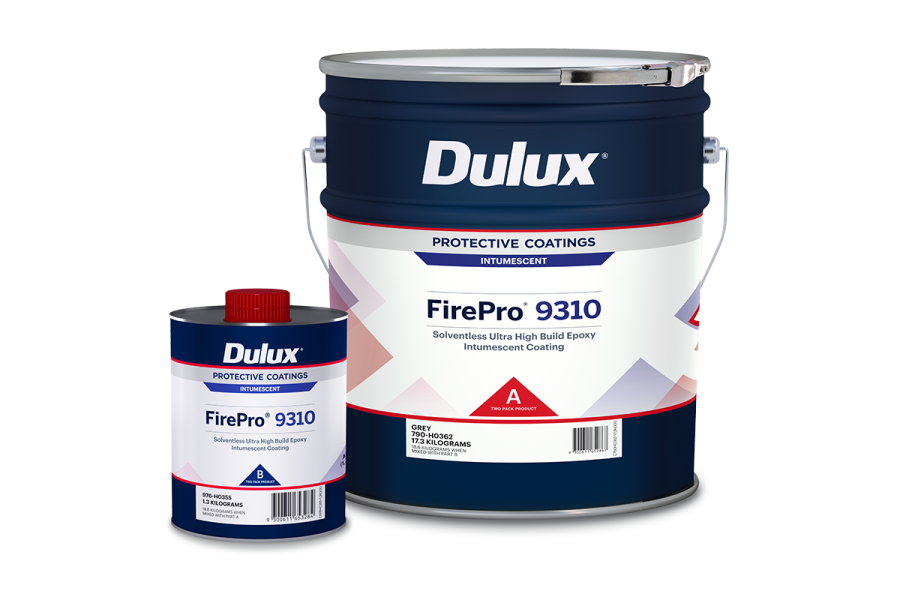


 Posts by Dulux NZ Technical
Posts by Dulux NZ Technical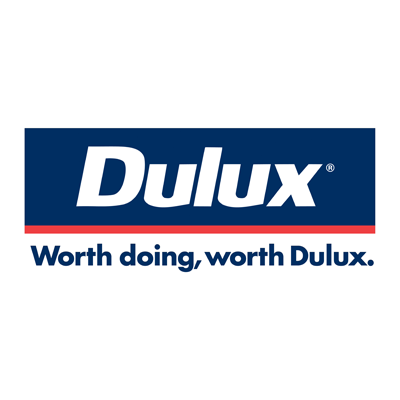
 Most Popular
Most Popular


